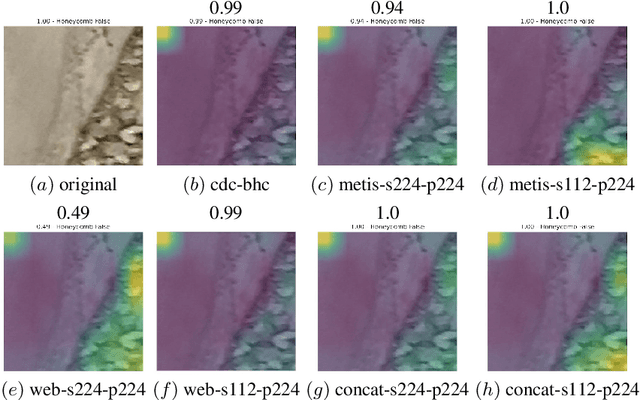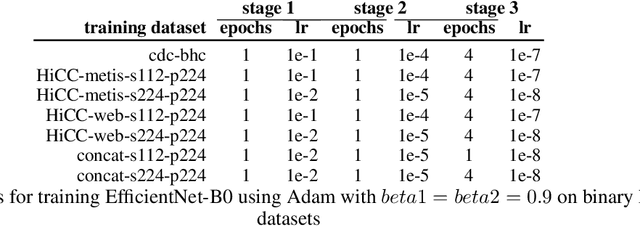Image-based Detection of Surface Defects in Concrete during Construction
Paper and Code
Aug 03, 2022



Defects increase the cost and duration of construction projects. Automating defect detection would reduce documentation efforts that are necessary to decrease the risk of defects delaying construction projects. Since concrete is a widely used construction material, this work focuses on detecting honeycombs, a substantial defect in concrete structures that may even affect structural integrity. First, images were compared that were either scraped from the web or obtained from actual practice. The results demonstrate that web images represent just a selection of honeycombs and do not capture the complete variance. Second, Mask R-CNN and EfficientNet-B0 were trained for honeycomb detection to evaluate instance segmentation and patch-based classification, respectively achieving 47.7% precision and 34.2% recall as well as 68.5% precision and 55.7% recall. Although the performance of those models is not sufficient for completely automated defect detection, the models could be used for active learning integrated into defect documentation systems. In conclusion, CNNs can assist detecting honeycombs in concrete.
 Add to Chrome
Add to Chrome Add to Firefox
Add to Firefox Add to Edge
Add to Edge